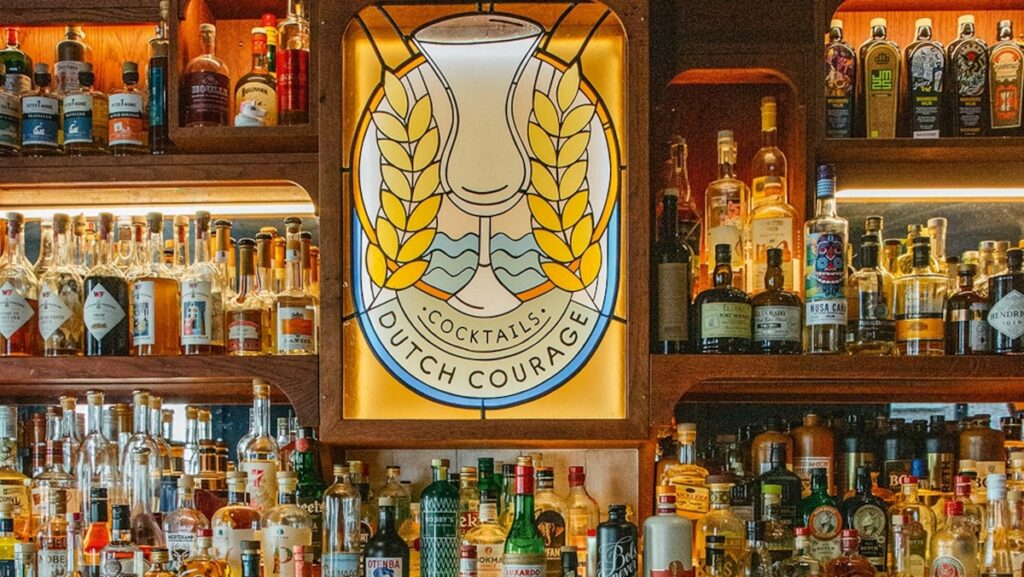
How Amsterdam’s bar life continues to shape the city
This article was produced by National Geographic Traveller (UK).
“Amsterdam is like a small village,” says my guide Isabelle Nelis, her mop of strawberry-blonde hair dancing around her face as she takes turns swigging a small beer and greeting fellow drinkers inside Café Chris. It seems an unusual statement to make here in the centre of the Dutch capital, but in the backstreets of Jordaan I can see what she’s getting at. The music is low and the chatter as comfortable as old slippers. The tobacco-stained wood-panelling and candlelit tables make it feel like I’ve stumbled into a village pub.
We’re taking a tour of the city’s bruin cafes (brown bars) — a type of drinking establishment not dissimilar to the old British boozer. They’ve been intrinsic to Amsterdam life since the Dutch Golden Age in the 17th century, when sailors would flood the port city looking for a good time in its bars and brothels; Café Chris, named after an original owner, claims to have been serving the Jordaan neighbourhood since 1624. The ‘bruin’ in the name comes from the dark wood that characterises the bar counters, stools and panelling.
“There are groups that want to make the bruin cafes national monuments,” says Isabelle as we take to the streets, crossing canals via humped stone bridges where Friday afternoon drinkers are congregating in small pockets of sunshine. “We have rules saying you can’t change the exteriors of bruin cafes but it’s up to the owners whether they want to preserve the interiors.” In recent years, she says several historic examples in the capital have been sold by ageing owners and converted into contemporary bistros and clothes shops, their tobacco-stained panelling often ripped out.

Hortus Botanicus was created as a medicinal garden in 1638 and has become a popular natural refuge in the city.
Photograph by Fransisca Angela
Amsterdam certainly has a conflicted relationship with its bars. As the Dutch capital celebrates its 750th anniversary this year, local authorities are firmly on the path to transforming the city from a party centre into one of Europe’s sustainability pioneers. It has spent years trying to shrug off its long-held association with weed culture, brothels and stag dos. Tours of the Red Light District have been banned. Drinking licences have been stymied. New cannabis-smoking laws are being mooted. Yet, for Isabelle, like many Amsterdammers, these old pubs represent something different: community and comfort.
“The bruin cafe is an extension of your living room. Everybody knows you,” she explains as she greets the barman at Café In‘t Aepjen and we hop onto stools opposite him. Lining the bar’s high shelves are bulbous-bottomed jenever bottles that were designed to be carried on Dutch ships in the 18th century. They sit alongside monkey figures that nod to stories of seafarers who brought the animals back from the Far East on lucrative colonial expeditions. The bar is on Zeedijk — one of the oldest streets in Amsterdam. Outside the windows, tall, slender houses tilt forward slightly into the street, topped by stairway gable roofs.
“In Amsterdam, our homes are all quite small, so if I want to have a drink and socialise, I go to a bruin cafe,” says Isabelle as we order a fluitje — a small beer typical of Dutch bars. “You’ve got your home, your office, and then you’ve got this.” She tells me she’s sure this culture played into the Netherlands ranking fifth in this year’s World Happiness Report. “Because of social cohesion — and that’s absolutely in part down to the bar culture.”
At our next stop, De Drie Fleschjes — ‘The Three Little Bottles’ — groups of rosy-faced, portly old men and after-work drinkers in crisp shirts are leaning into a crescendo of Dutch chatter. Inside, it’s standing-room only. Isabelle is quick to stress this is because it isn’t a bruin cafe — it’s a tasting room for jenever, a Dutch spirit said to have inspired the British to create gin in the 17th century. De Drie Fleschjes is unique because it’s still home to private barrels belonging to Dutch patrons. They line one wall, each padlocked with a different name painted above a tiny tap.
“Now I just need to find my key,” Isabelle says, rummaging in her bag, before climbing onto a step ladder to reach hers. “Everyone decides for themselves what goes into their barrel mix,” she explains, unlocking the padlocked tap to pour amber liqueur into tulip-shaped glasses. She gingerly passes them down to me one at a time. Hers is jenever mixed with an orange bitter; it warms me like a crackling fire on a winter’s day.
It isn’t long before we’re joined by a white-haired local man who produces a beer for Isabelle, and offers me one too. Soon the pair are singing a soulful folk tune called ‘Aan de Amsterdamse grachten’. “It’s about how no one could hope to be anywhere better than on Amsterdam’s canals,” says Isabelle, a flush rising to her cheeks as the tune ends. By the time she and I part later on, I’m feeling equally rosy-cheeked. The last thing she says to me is to take a canal cruise while I’m here. “Amsterdam has to be seen from the water.”

De Ceuvel, a social enterprise cafe where old houseboats have been converted into creative studios, serves as the perfect lunchtime break.
Photograph by Fransisca Angela
Spice of life
Taking Isabelle’s advice, the next day I join a boat tour. Amsterdam’s merchant past reveals itself in small details as we putter through the central inner canal ring. On the banks of Oudeschans canal, the red-brick Montelbaan tower ends in a spear’s point — it’s one of few remnants of the 16th-century defensive walls that protected Amsterdam harbour’s riches. A bridge sweeps above my head with ships’ prows carved into decorative figureheads, a nod to the city’s seafaring heritage.
At Herengracht, the ‘Gentleman’s Canal’, the merchants’ houses get taller and wider. We pass gabled rooftops and crooked timber frames, flowing down to large barn-style doors that would have once opened into spice stores. “Merchants were making €750,000 a month in the 1600s. They had the highest incomes in the world,” says our boat captain Bram Schermel. “Spices were sold for fortunes here and Amsterdam became insanely rich.”
These spices became the foundation of jenever production, as well as a whole cast of experimental liqueurs that created a demand for tasting rooms like De Drie Fleschjes. After disembarking, I go in search of another: Wynand Fockink. This distiller was established in 1679 and its tasting room is a time warp. Bowed shelves cradle rows of sticky liqueur bottles with illustrated labels depicting star anise, coffee and — a modern update — stroopwafel (syrup waffle) flavours; and jenever bottles furred with dust.
Here too, the cool, cave-like interior is standing-room only. “We don’t encourage people to stay,” says tasting room server Boaz Perier, only half joking. A young, curly-haired man with a black cross dangling from one ear, his face lights up as he runs me through the brand’s history, offering a succession of small, fluted glasses with slugs of potent distillates. The ‘young’ jenever tastes like a less juniper-forward gin; to my surprise, the ‘aged’ jenever has more whisky characteristics. “It used to be seen as something your grandfather would drink, but jenever has made a comeback in recent years — especially in the world of cocktails,” says Boaz.

House of Bols runs informative cocktail-making workshops championing jenever.
Photograph by Fransisca Angela
Wynand Fockink is now the distiller for Bols, another prolific 17th-century jenever brand and a former rival that’s moved with the times. The spirit’s history and evolution is documented in the House of Bols museum, beside the Museumplein gardens. Filled with sensory booths, digital mixology avatars and flavour profiling rooms, it’s also become known for its cocktail workshops championing jenever.
“In the first cocktail book [published in America], one in four cocktails was made with jenever,” says Roberto Porras, a mixologist with a peroxide-blond quiff who I join for one of Bols’ classes in the museum’s training bar. The martini glass tattooed on his forearm shimmies as he throws his cocktail shaker up and down, telling me how to make a caipinebra — a house take on a caipirinha using jenever instead of white rum. Over the years, jenever has lost its international reputation; Bols would like to regain it. With Roberto leading, we make four cocktails, and it’s easy to see why jenever’s subtleties make it a natural cocktail ingredient.
My final stop is with another cocktail champion who has a similar passion. I meet Timo Janse at Dutch Courage, a reimagined bruin cafe he co-owns on Zeedijk street in the historic centre. Behind the dark-wood counter, there’s a stained-glass panel depicting a fluted jenever glass flanked by two wheat sheaves: a symbol of the grains used to make jenever.

Dutch Courage stocks more than 250 jenever brands — but book ahead, as the bar’s eight tables fill up quickly.
Photograph by Fransisca Angela
Timo is trying to get people to see this aspect of traditional Dutch culture in a new light. He’s used his experience as an award-winning mixologist to create a menu of unique, experimental cocktails celebrating Dutch spirits, old liqueurs and even brandewijn (Dutch brandies); his store cupboard now includes more than 250 jenevers. “Historically, Zeedijk was the place where all of the botanicals that were used in the jenever production were traded. So for us, it made a lot of sense to open this bar here,” he says, handing me his signature ‘Dutch Courage’ cocktail. It’s a powerful concoction starring Bols barrel-aged jenever alongside pilsner beer syrup, a traditional Bittere Lijdenstroost liqueur, hop oil and sea salt.
When the bar first opened, Timo says locals were on the fence about it. “Cocktails mean more gentrification to them,” he says — especially in a neighbourhood like Zeedijk. That’s one reason why he introduced a one-of-a-kind vending machine dispensing shots of jenever with a chaser of beer, the way it’s traditionally served. While the set-up isn’t traditional, it preserves the community ritual of popping in for a quick drink — and he says locals enjoy it. “We’re part of the community here,” he concludes, proudly. And as the tables start to fill up with people who address the bar staff like old friends, I can see what he means.
Published in the September 2025 issue of National Geographic Traveller (UK).
To subscribe to National Geographic Traveller (UK) magazine click here. (Available in select countries only).


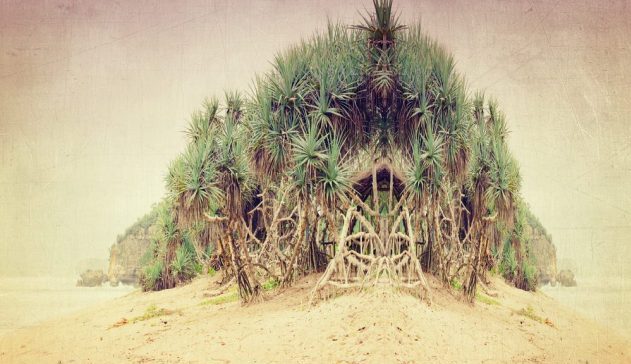
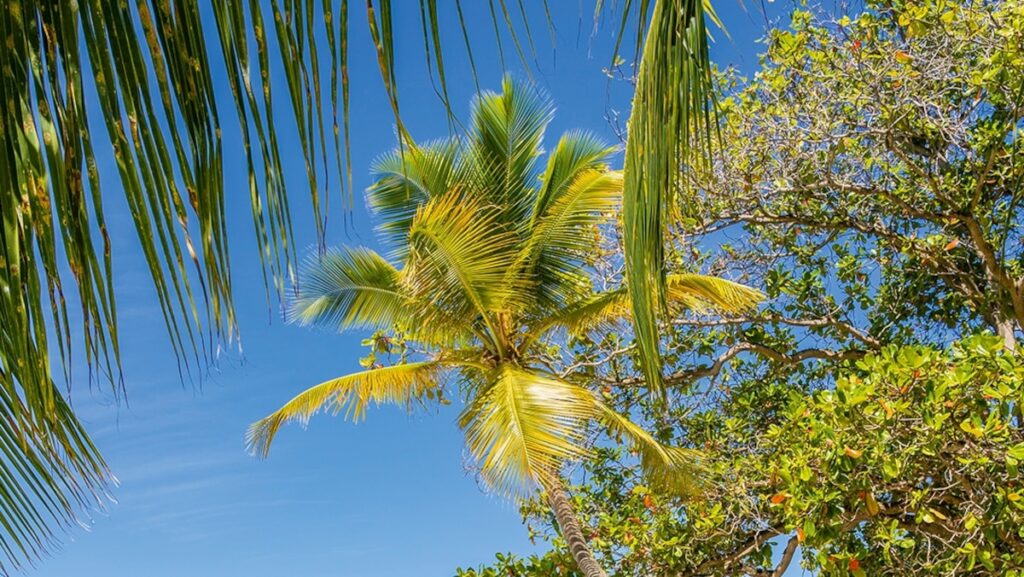
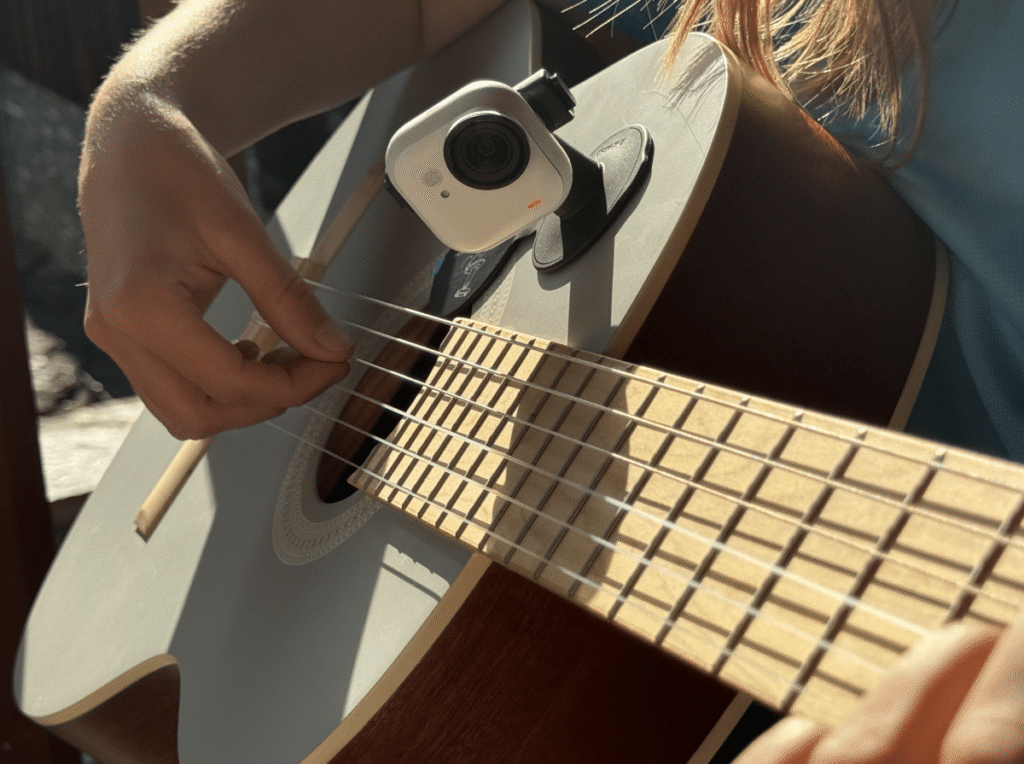
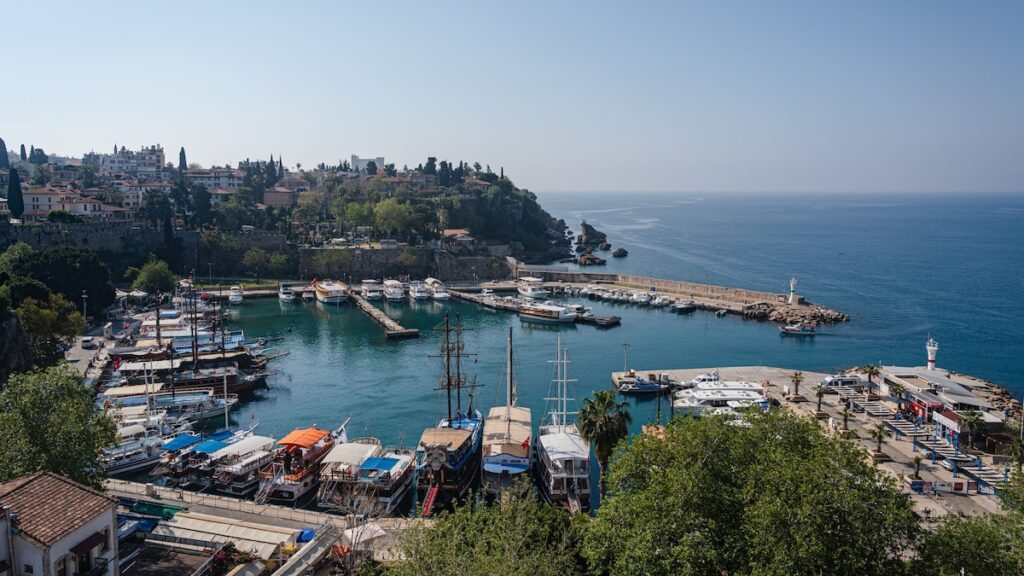

Responses